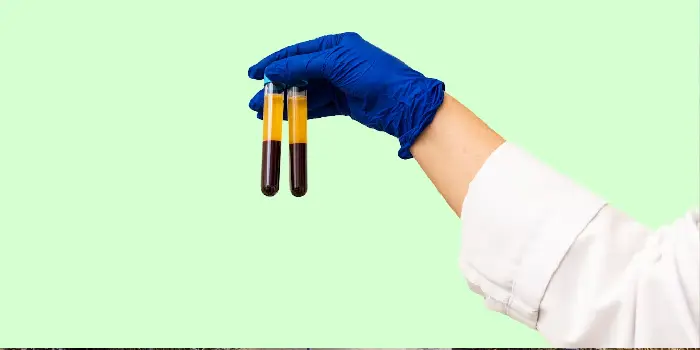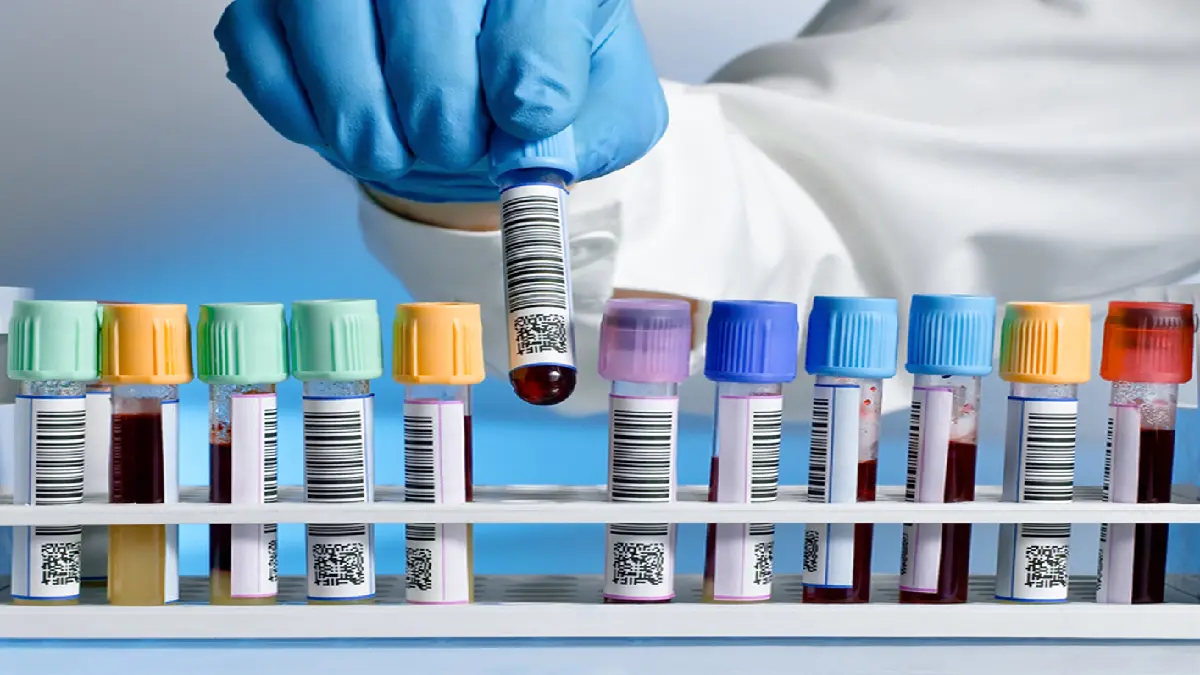
Introduction
In healthcare, blood collection is a fundamental procedure that provides critical insights into a patient’s health. This process relies heavily on specialized tools, with blood collection tubes being the cornerstone. Understanding the different types of blood collection tubes and their unique functions is essential for healthcare professionals to ensure accurate diagnostic results. This article examines different kinds of blood collection tubes and their specific applications.
The Significance of Blood Collection Tubes
Blood collection tubes are not just simple containers; they are specialized vessels designed to preserve the integrity of blood samples until they reach the laboratory. They play a crucial role in maintaining the stability of various blood components, ensuring accurate and reliable test results.
Understanding the Anatomy of Blood Collection Tubes
Additives and Their Functions
Each type of blood collection tube contains specific additives that serve distinct purposes. These additives may include anticoagulants, clot activators, preservatives, and more. Understanding the role of these additives is imperative for selecting the proper tube for specific tests.
Tube Material and Its Impact
The material of the blood collection tube also influences its functionality. Glass and plastic tubes have unique properties that can affect sample integrity, compatibility with analyzers, and storage conditions.
The Common Types of Blood Collection Tubes
Serum Tubes
Serum tubes do not contain any anticoagulants. They are used primarily for tests that require the transparent liquid portion of the blood after it has clotted.
Plasma Tubes
These tubes contain anticoagulants that prevent blood from clotting. They are essential for tests that require plasma separation from blood cells.
Anticoagulant Tubes
Anticoagulant tubes prevent blood from clotting by inhibiting the coagulation cascade. They come in various types, each tailored for specific tests.
EDTA Tubes
Ethylenediaminetetraacetic acid (EDTA) is an anticoagulant commonly used in haematology tests. It chelates calcium ions, preventing blood clotting.
Heparin Tubes
Heparin is another anticoagulant that works by enhancing the activity of antithrombin III. It is used in tests that require plasma.
Citrate Tubes
Sodium citrate is an anticoagulant that binds calcium ions, preventing coagulation. These tubes are vital for coagulation studies.
Specialized Blood Collection Tubes
Glycolysis Inhibitors
These tubes contain additives that inhibit glycolysis, ensuring accurate glucose measurements.
Fluoride Tubes
Fluoride tubes are used for glucose and lactate testing, as they contain additives that stabilize glucose levels.
Trace Element Tubes
These tubes are designed for trace metal analysis, requiring strict contamination control.
DNA/RNA Tubes
Specialized tubes are used for DNA/RNA preservation to maintain sample integrity for molecular testing.
Choosing the Right Tube for Specific Tests
Selecting the appropriate blood collection tube is critical to obtaining accurate results. Different tests require specific additives and anticoagulants to ensure sample stability.
Chemistry Panels
Comprehensive and essential metabolic panels have specific tube requirements to maintain sample integrity.
Coagulation Studies
Tests assessing blood clotting factors necessitate the use of anticoagulant tubes.
Blood Cultures
Sterility is paramount in blood culture testing, necessitating specialized culture bottles.
Genetic Testing
Preserving DNA integrity is crucial in genetic testing, requiring specialized DNA tubes.
Best Practices in Blood Collection
Proper Patient Identification
Ensuring accurate patient identification prevents sample mix-ups and provides reliable results.
Venipuncture Technique
A skilled venipuncture technique minimizes patient discomfort and reduces the risk of hemolysis.
Filling the Tube Correctly
Under-filling or over-filling tubes can compromise sample integrity, affecting test results.
Inverting and Mixing
Thoroughly mixing additives with blood is essential to prevent clotting or improper preservation.
Storage and Transportation
Proper storage and transportation conditions are crucial to maintain sample stability until analysis.
Challenges and Precautions
Hemolysis
Hemolysis can occur due to improper handling, affecting test results. Proper collection and handling techniques are essential to prevent this.
Contamination
Contaminants can compromise sample integrity. Sterile techniques and proper tube selection are critical in preventing contamination.
Clotting
Inadequate anticoagulation or mishandling can lead to sample clotting, rendering it unusable for testing.
Innovations in Blood Collection Tubes
Safety Features
Advancements in tube design include safety features to minimize the risk of needlestick injuries.
Advanced Additives
Innovative additives enhance sample stability and compatibility with modern analyzers.
Integration with Automation
Blood collection tubes are evolving to seamlessly integrate with automated laboratory systems, streamlining the testing process.
Future Trends in Blood Collection Technology
Nanotechnology Applications
Nanotechnology is poised to revolutionize blood collection tubes, offering enhanced sample stability and analyte preservation.
Personalized Medicine and Tubes
Customized tube formulations may become integral in tailoring diagnostic tests for individual patients.
Sustainable Materials
The shift towards sustainable materials in healthcare extends to blood collection tube, reducing environmental impact.
The Role of Blood Collection Tubes in Research
Beyond clinical diagnostics, blood collection tubes are pivotal in advancing medical research, providing researchers with high-quality specimens for various studies.
Conclusion
Blood collection tubes are indispensable tools in healthcare, ensuring the integrity of blood samples for accurate diagnostic testing and understanding the nuances of different tube types and their applications.


2 thoughts on “Different Blood Collection Tubes Used For Tests: Choosing the Right Tube for Specific Tests”